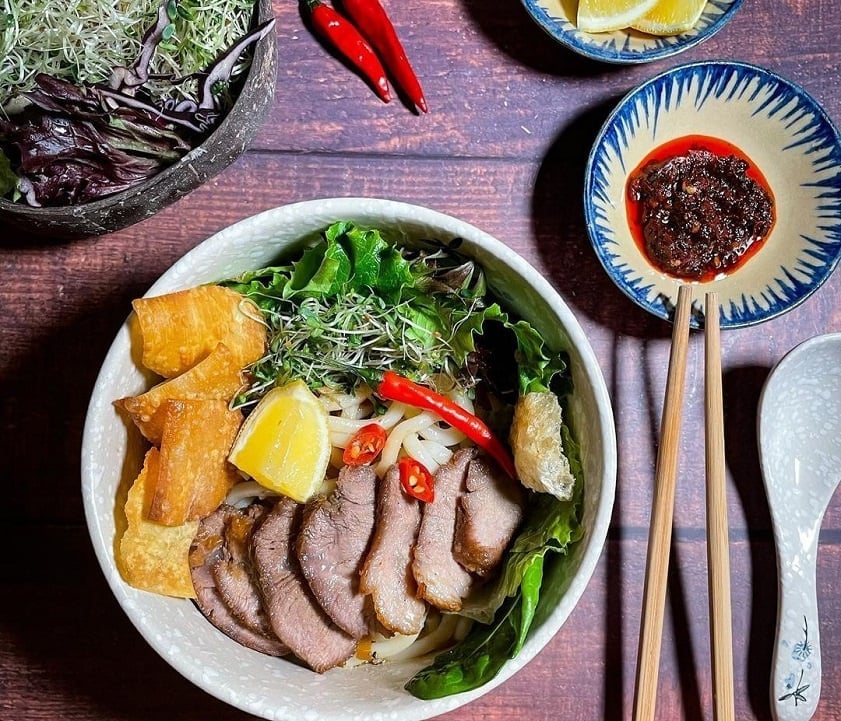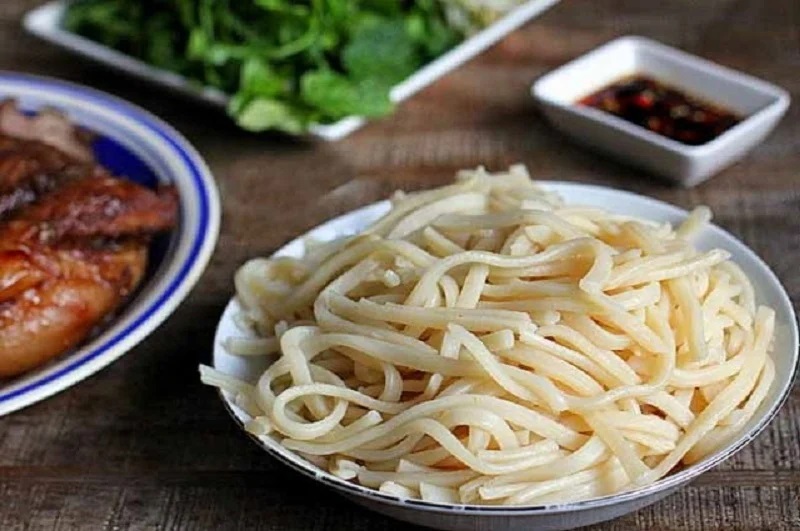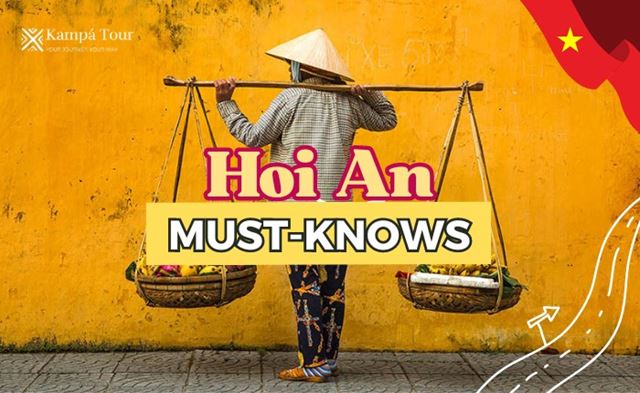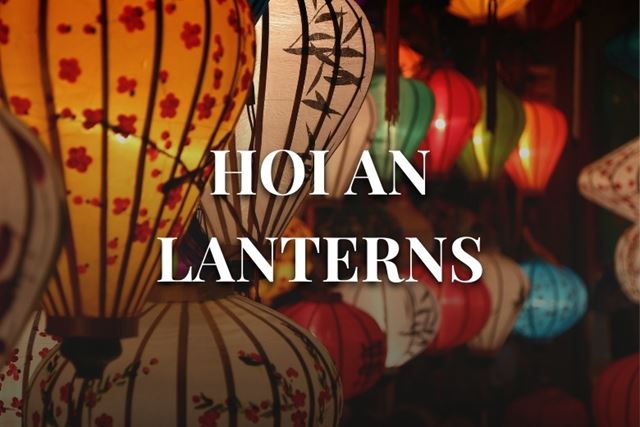- Destinations
- Travel Styles
- About Us
- Contacts
- Destinations
- Travel StylesTravel StylesBy ThemeBy Duration
- About UsOur Cutomer FeedbackGet Our BrochureFAQsTerms & Conditions
Hoi An, the famous port town of Central Vietnam, was once a bustling trading hub welcoming merchants from across Asia and Europe. Over time, the city became a true melting pot of cultures — especially when it came to food. Among all its culinary gems, cao lau stands out as the dish that best captures this rich heritage and the soul of the region.
Made with ingredients found almost exclusively in Hoi An and its surroundings, cao lau is more than just a bowl of noodles — it's a story, a tradition, and a legend. Let’s dive into the secrets behind this almost mythical dish.
The name "cao lau" itself carries meaning. In Vietnamese, "cao" means "high" and "lau" means "floor" or "upper level," a reference to the past when this dish was reserved for the wealthy merchants and local elites. They would dine upstairs in fine establishments, surrounded by silk lanterns, enjoying the view over the lively streets below.
.jpg)
During its golden era in the 17th century, Hoi An’s port became a favored settlement for traders, particularly from China and Japan. Many believe cao lau was born from this cultural blend. Some say it resembles Japanese udon noodles, with their soft and springy texture. Others see a clear influence from Chinese cooking, especially the char siu pork, marinated in soy sauce and five-spice powder.
.jpg)
Regardless of its exact origin, cao lau evolved into something uniquely Hoi An — crafted with local flavors and traditions.
What makes cao lau so special isn’t just its taste or texture — it’s the ingredients themselves. The noodles are soaked in water drawn from the ancient Ba Le well in Hoi An, said to possess almost magical properties. Mixed with lye made from the ash of trees found on the Cham Islands, this water gives the noodles their distinct chewy texture and pale color.
.jpg)
The Ba Le well dates back to the 10th century, built by the Cham people who once ruled much of central Vietnam. Even today, many residents still fetch their daily water from it. According to local legends, the well’s water holds healing powers, blessed by ancient spirits.
.jpg)
Although few artisans today still strictly follow the traditional method, and some use ordinary well water or tap water, the essence of the dish remains intact: a tribute to Hoi An’s heritage.

Unlike pho, Vietnam’s famous national dish, cao lau is served with very little broth. Instead, the richness comes from a concentrated sauce made from the braised pork juices. Tender slices of char siu pork top the noodles, joined by crispy rice crackers, fried pork skin, and an abundance of fresh herbs.
.jpg)
Vegetables like chrysanthemum greens, mustard leaves, basil, mint, lettuce, and coriander are essential to the dish. Bean sprouts add a refreshing crunch, while fried noodles and pork cracklings bring a contrasting crispiness. Every ingredient, sourced locally, blends together into an unforgettable harmony.
.jpg)
No trip to Hoi An is complete without savoring a bowl of cao lau in the old town. Traditionally, the best experience is upstairs, just like the merchants of the past, with a view over the river or bustling streets.
You’ll find cao lau all over the old quarters, often at very affordable prices — less than two euros a bowl. Some highly recommended spots include:
>>>> Read more: Top 10 Best Restaurants in Hoi An
.jpg)
While traditional cao lau requires special ingredients from Hoi An, it’s still possible to recreate a delicious version at home with a little creativity. Here’s a simple way:
Ingredients:

Step 1: Marinate the pork
Clean the pork leg with salt. Mix crushed garlic, salt, soy sauce, and five-spice powder, then marinate the pork for at least an hour.
Step 2: Fry the pork
Heat cooking oil in a pan and sear the pork until golden on all sides.
Step 3: Simmer the pork
Transfer the pork to a pot, add the leftover marinade and boiling water just enough to cover the meat. Simmer over medium heat until tender. Reserve the broth as sauce.
.jpg)
Step 4: Prepare the toppings
Fry pieces of pork skin until crispy and golden.
Step 5: Assemble your bowl
Boil the noodles (and bean sprouts briefly if you like). Arrange the noodles in a bowl, top with slices of pork, a spoonful of the concentrated sauce, crispy pork skin, fresh herbs, and a touch of chili sauce. Mix and enjoy!
.jpg)
With its multicultural roots, mysterious ingredients, and rich, layered flavors, cao lau is more than just a dish — it’s a living piece of Hoi An’s history. Cherished by generations of locals, it remains one of the town’s proudest culinary symbols.
When you visit Hoi An, make sure you try it — you’ll fall in love with its unique taste and the story it carries.
>>> Explore more about Central Vietnam to help plan your perfect trip:



 The must-sees
The must-sees The Essentials
The Essentials The must-sees in Vietnam
The must-sees in Vietnam Luxury Travel
Luxury Travel